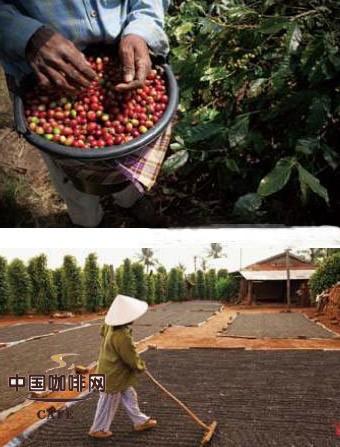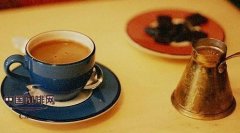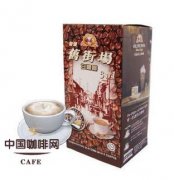Laos coffee produces the best coffee in the world.

You may not believe it, but Laos does produce the best coffee in the world. Compared with some other parts of Southeast Asia, Laos did not grow coffee for a long time, and it was not introduced by the French until the early 20th century. But the unique natural environment of Laos reveals the king atmosphere of the best coffee in Southeast Asia. Laos coffee is famous for its delicate and complex aroma and rich taste, with citrus fruit and floral aromas and faint chocolate sweetness in the aftertaste. Compared with the coffee with multiple flavors in Southeast Asia, the taste is fresher and milder and longer.
Laos coffee is grown in the Bolaven plateau in the southern province of Bassai, and is basically distributed around Paksong, so Basong is also known as the coffee capital of Laos. The latitude is about 15 degrees, the altitude is more than 1300 meters, the climate is suitable, the rainfall is abundant, and the rich nutrition of volcanic ash geology creates unique conditions for local coffee. In Laos, Arabica and Robusta coffee are grown. Originally all coffee grown in Laos was Arabica, and then because of the disease, about 80% of it was converted to Robusta, and now, like Vietnam, Arabica coffee is being replanted.
The production of coffee in Laos is already small, and Arabica sells almost all its own coffee to France, a relationship that has not changed since colonial times. Obviously, after the French left, the Laotians didn't know how to sell coffee. Robusta coffee is exported, sold to Thailand, went to Nestle, maybe this is why Thai Nestle coffee tastes so good. Basong does not have many large plantations, most small farmers produce, although there is the best coffee, but the tourism industry is still in its infancy, if you are a coffee enthusiast, you can also visit the local village. November to January is the harvest time for Arabica coffee, while February to March is Robsta's. If it's not that crazy, go to Vientiane or Luang Prabang cafes and carefully choose first-class local coffee. Remember to choose Arabica coffee varieties. Laotians also like to pour coffee into a glass mixed with condensed milk, and then have another cup of green tea.
Important Notice :
前街咖啡 FrontStreet Coffee has moved to new addredd:
FrontStreet Coffee Address: 315,Donghua East Road,GuangZhou
Tel:020 38364473
- Prev

Brazilian coffee Rio de Janeiro coffee and Greco-Roman coffee
Rio de Janeiro Coffee Cafe Carioca (Brazil) deeply cultivated Coffee 100cc Sugar 15g Rum 15cc Orange (cut) 1Compact 4 cups of whipped cream 20cc orange powder add sugar, rum and orange slices and pour in the coffee. Covered with whipped cream and sprinkled with orange powder (can also be replaced by shaved orange peel) Rio de Janeiro coffee is characterized by orange and cream.
- Next

Asian coffee, white coffee, Malaysian coffee.
Malaysia is closer to Singapore and has more in common in cafe culture and coffee drinking, but the biggest reason coffee gluttons cannot ignore is that Malaysia is the only Liberica coffee producer in the world outside West Africa. This unique coffee has a rich aroma and a light taste, accounting for less than 2% of the coffee grown in the world today.
Related
- Detailed explanation of Jadeite planting Land in Panamanian Jadeite Manor introduction to the grading system of Jadeite competitive bidding, Red bid, Green bid and Rose Summer
- Story of Coffee planting in Brenka region of Costa Rica Stonehenge Manor anaerobic heavy honey treatment of flavor mouth
- What's on the barrel of Blue Mountain Coffee beans?
- Can American coffee also pull flowers? How to use hot American style to pull out a good-looking pattern?
- Can you make a cold extract with coffee beans? What is the right proportion for cold-extracted coffee formula?
- Indonesian PWN Gold Mandrine Coffee Origin Features Flavor How to Chong? Mandolin coffee is American.
- A brief introduction to the flavor characteristics of Brazilian yellow bourbon coffee beans
- What is the effect of different water quality on the flavor of cold-extracted coffee? What kind of water is best for brewing coffee?
- Why do you think of Rose Summer whenever you mention Panamanian coffee?
- Introduction to the characteristics of authentic blue mountain coffee bean producing areas? What is the CIB Coffee Authority in Jamaica?

